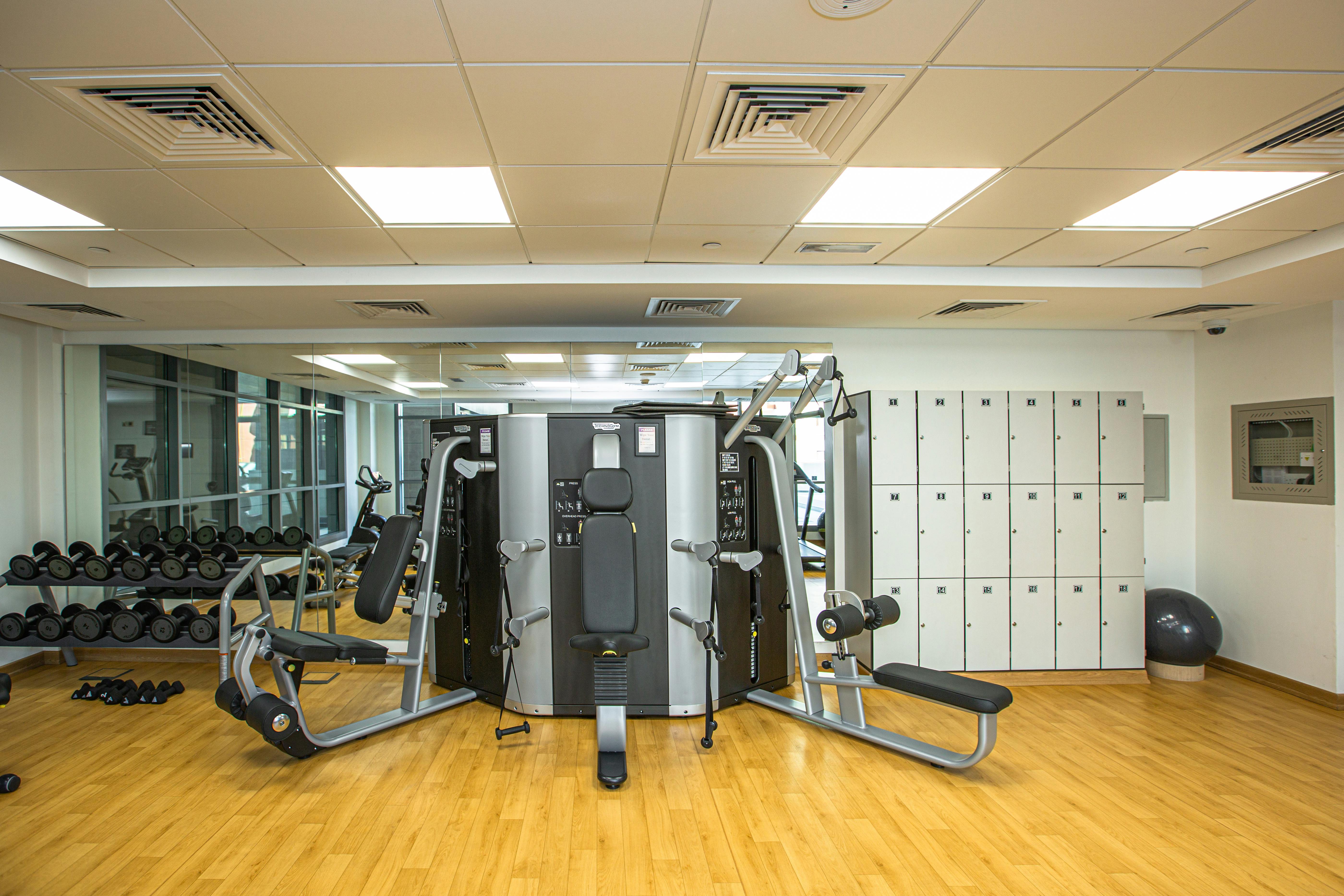Advice from a pressure washing consultant to take advantage of the rail industry
In this tough economy, it may be surprising to hear that railcar and locomotive pressure washing is a lucrative market. In the past, railway companies would do the work in-house, but today most companies outsource the work to a pressure washing company. According to Paul Horsley, professional pressure washing consultant and president of Scotts Pressure Wash in Calgary, Alberta, Canada, it’s a market pressure washing companies should seriously consider tapping into:
“The rail industry in North America is much larger than most people realize, and just like other modes of transportation, rail companies need pressure washing services,” Horsley says. “Statistics from the Association of American Railroads show that there are more than 1.59 million freight cars and 24,143 locomotives in service in Canada, Mexico, and the United States. You can bet that a good number of those cars travel through your state in a any day! “
From tanker truck graffiti removal to boxcar dry-sweeping to locomotive degreasing, the industry offers a wealth of opportunities for any pressure washing company willing to go the extra mile to build a customer base. and secure contracts.
Although adding the rail industry to your list of services may seem intimidating, most of what you know about pressure washing trucks can be applied to railcars. With a little extra research and some advice from a pressure washer consultant, working on the railroad is an entirely achievable and profitable goal.
Here’s what you need to know before preparing an offer:
The kind of wagon that needs cleaning. Ask your client if there are any company or industry-specific regulations you should be aware of. For example, when washing locomotives, pressure washing disc brakes can cause corrosion, leading to brake failure. This is a significant safety risk, and the American Railroad Association has written guidelines dictating that waterproof tarps must cover the brakes before any pressure washing begins.
Rental. Where will the work be done? Who is the owner of the land? Is there any water source available? What are the environmental constraints and where will the wastewater be disposed of? Sewage reclamation requires careful planning: trucking water, having access to a lift to work on top of railcars, ensuring all pressure washing units are working properly and equipped with the proper chemicals, and Most importantly, provide the proper safety equipment to protect workers. from chemical overspray and fall hazards.
Timeline. Horsley says tight deadlines are expected on the rail industry contracts as they need to get their carriages back in service as soon as possible. It’s not uncommon to be asked to clean an entire train unit, consisting of 125 carriages, in three days. Horsley also explains the importance of visiting the site in advance:
“Although I did my due diligence and visited the rural site in advance, I never considered how different that site would be after a period of heavy rain. We only had a brief window of opportunity to complete the work and due to the rain, we incurred large difficulties getting equipment on and off site.To say it was a challenge to complete the job on time and within budget would be an understatement!I have since learned that it is a good idea to build an extra day into the bid, to allow for unforeseen circumstances “.
After speaking with a pressure washing consultant and having a system in place, you’ll be ready to start cleaning railcars. The most common chemicals used in railcar cleaning are sulfuric acid, ammonium bifluoride, and hydrofluoric acid. Cleaning uses a six-step process:
1) Clean roof: apply chemical wash and rinse
2) Clean the sides and undercarriage
3) At the same time, start wastewater recovery
4) Remove graffiti, which may require manual scrubbing.
5) Apply degreaser, if necessary
6) Rinse the entire unit, from top to bottom, including wheels and undercarriage.
7) Repeat. To repeat. To repeat.
Railroad-related cleanup opportunities include:
– Vans (pressure wash exteriors. Dry/steam sweep interiors).
– Cisterns (external pressure washing and removal of graffiti)
– Grain Hoppers (Manual removal of debris accumulated in end covers and pressure washing)
– Locomotives (External pressure washing with special attention to the engine compartment)
“Once a system is installed, the job gets done relatively quickly,” says Horsley, who is also a long-time member of the Pressure Washers of North America (PWNA). For more information on train cleaning, contact your local pressure washing consultant or sign up for a two-day workshop at PWNA by visiting http://www.pwna.org.
